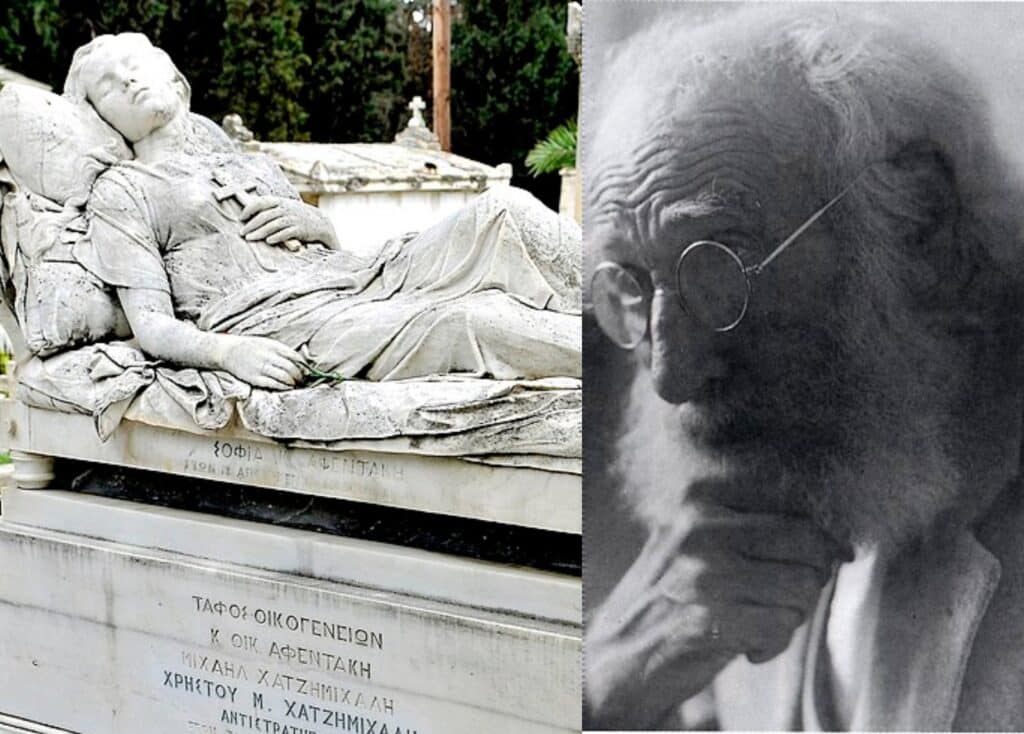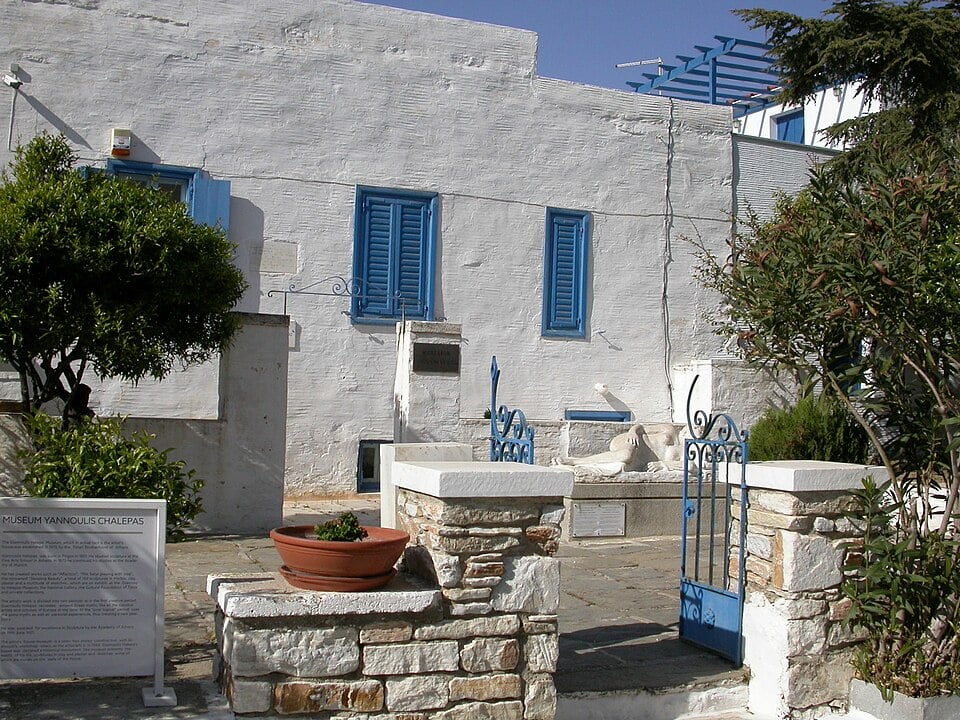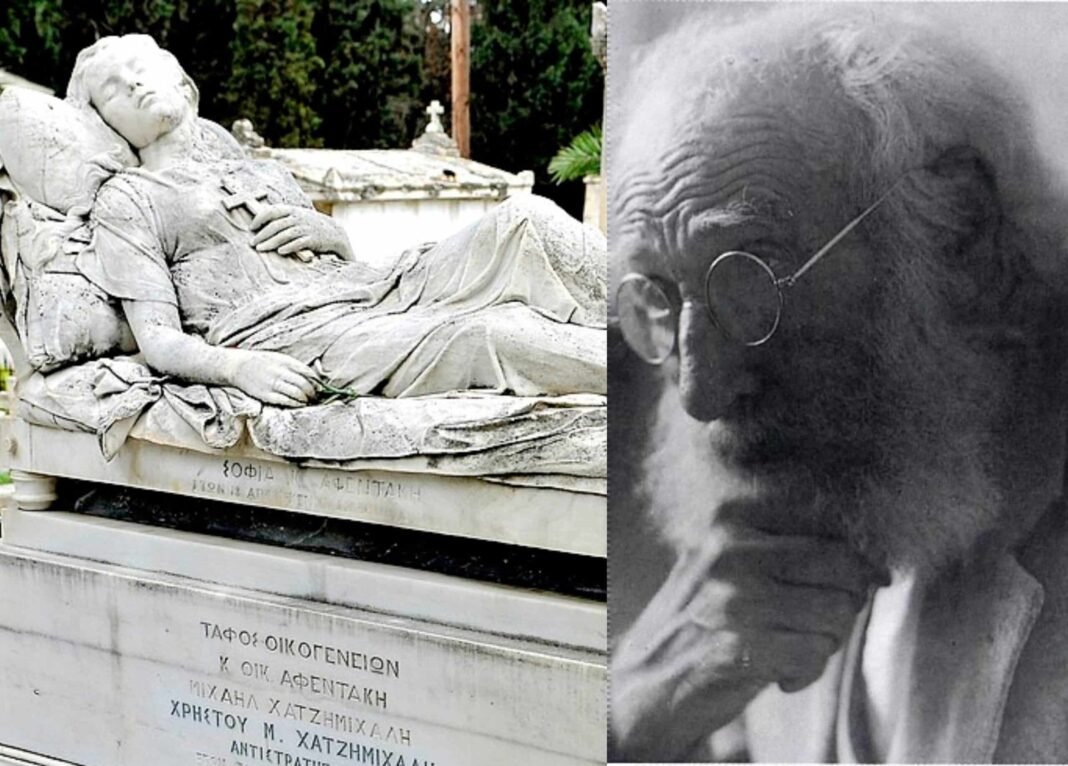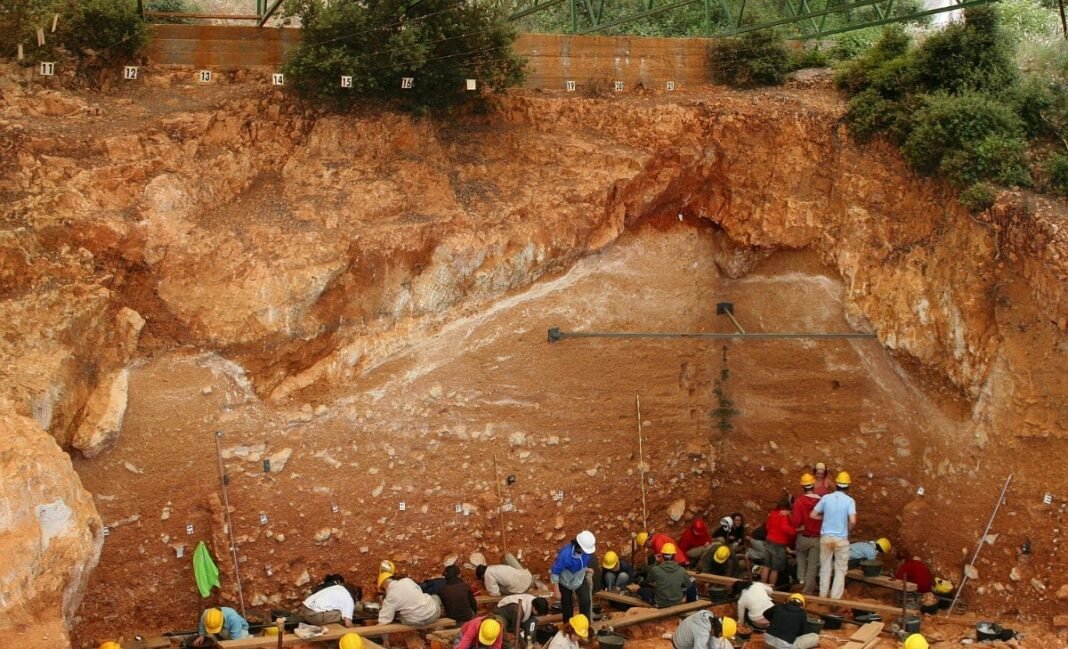
Yannoulis Chalepas is Greece’s synonym for sculpture masterpieces. This true genius came from Tinos, a Greek island rich in marble, and became the foremost figure in modern Greek sculpture. His incredible artistic gift, which made him famous across the country and beyond, was always shadowed by his profound mental illness. His internal struggle with disease ended up shaping his amazing art as well as his whole life’s painful story.
Born in 1851, Chalepas had an almost eerie talent for practically bringing stone to life. He would create pieces that were emotionally raw and technically brilliant; even today, over a century and a half later, they can still make people wonder how a human can carve such wonders in stone.
His sculptures, normally carved during those rare moments of clarity he would have between devastating mental breakdowns, truly capture what it feels like to suffer and to find some redemption through artistic expression.

How Yannoulis Chalepas became a genius
You could almost say that Yannoulis Chalepas was destined for the life he had. Being born on Tinos pretty much defined his love for marble and stone. That island was famous in Greece for its marble quarries and skilled craftsmen, making it the ideal place for a sculptor to bloom. The tradition of working with marble on Tinos dates back to ancient times, as the community there has passed down the secrets of stone carving from generation to generation.
His early education at the Munich Academy of Fine Arts helped Chalepas get exposure to rigorous European sculpting traditions. However, that did not mean that he would lose the distinctly Greek feeling that would later make his work so undeniably unique.
His professors spotted his exceptional talent immediately. They noted how he could take classical forms and enrich them with this contemporary emotional depth. Even as a young student, his thesis work displayed a technical talent that rivaled the continent’s established masters. More importantly, though, it revealed that Chalepas could truly express those unspoken parts of the human psyche in stone.
When Chalepas returned to Greece, he found the young independent Greek state trying to make sense of its Byzantine and Ottoman past alongside its classical ancient Greek heritage. This national internal struggle between tradition and modernity, between history and the demands of modern life, became a core theme in everything Chalepas did.
How mental illness defines Yannoulis Chalepas’ art
The truly tragic part of Yannoulis Chalepas’ life hit him in his late twenties. This was when the first serious signs of mental illness made their symptoms obvious. What medical historians now generally believe was likely bipolar disorder or schizophrenia would torment him for the rest of his life. Following this diagnosis, the life of Chalepas would be a cycle of intense creative explosions followed by devastating psychological collapses. Yet, it was during these struggles that Chalepas produced his most profound, most heartbreakingly beautiful works.
A great example of this was the famous “Sleeping Girl” (Koimomeni), carved in 1877. It is probably the most famous example of how deep personal struggles can be turned into universal art. He made it as a memorial for Sophia Afentaki, a woman who died far too young.
The sculpture grasps the very essence of mortality itself; The figure’s serene expression and relaxed pose suggest acceptance of this devastating fate, somehow transforming death into an acceptable part of life. Art historians, pretty much across the board, agree that the sheer technical brilliance of this piece—the delicate fabric of her clothes, the subtle contours of the flesh, that perfect balance—represents the absolute zenith of 19th-century Greek sculpture.
When he had those periods of mental clarity, Chalepas worked with an intensity that seemed almost unbelievable. People who saw him described him toiling for days on end without rest, actually talking to his marble figures as if they were living beings. His neighbors on Tinos often heard him chatting with his sculptures late into the night, refining tiny details that only he seemed to notice. This obsessive dedication to his art, which might have been a symptom of his mental illness, somehow resulted in works of extraordinary beauty and refinement.
This whole connection between his mental illness and genuine artistic genius made him who he was.

Chalepas and Greece
The impact Yannoulis Chalepas had on later generations of Greek artists was significant. His approach to sculpture—mixing incredible technical skill with emotional expression—cemented a distinctly Greek voice in the global sculpture scene. Unlike many of his contemporaries who often copied European academic styles, Chalepas developed a visual language that spoke directly to the Greek psyche and remained universally understandable.
His sculptures in Athens’ First Cemetery, including the magnificent “Sleeping Girl,” still draw visitors from all corners of the world as they remain true pieces of art despite being carved for certain individual graves.
Contemporary Greek artists consistently cite Chalepas as a primary influence, showing how Chalepas’s reputation came back in the 20th century.
These days, museums and cultural institutions across Greece see Chalepas as a foundational figure in modern Greek art. The Chalepas Museum on Tinos, set up in his old home and workshop, preserves his sculptures but also the very tools and methods he used throughout his life. Visitors can trace the evolution of his style, from those early academic exercises to the mature masterpieces that cemented his artistic talent.
Chalepas’ life became a great—and tragic—example of how greatness often comes from struggle and of how beauty can be born from pain. He became the definition of the most profound artistic statements not from comfort, but from the raw and often brutal reality of human life.


